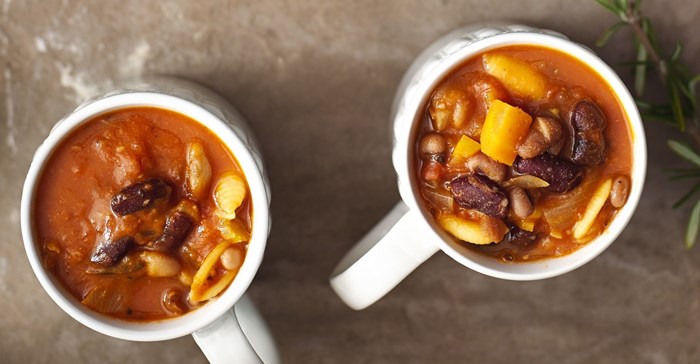In the award-winning documentary and book The Blue Zones, Dan Buettner describes areas across the world where its inhabitants live for over 100 years. Besides a range of habits and daily rituals, diet plays a key role in their longevity and most of these diets are primarily plant-based, with pulses being a key ingredient.
Popular chefs and restaurants have re-discovered pulses and are including them more frequently into menus. In Jamie Oliver's new recipe book, he describes his secret to weight loss and regained health. Two to three times a week he swapped meat meals for more beans and pulses. A study published in the American Journal of Clinical Nutrition has also shown eating just one portion of pulses a day helps weight loss by making you feel fuller and also reduces bad cholesterol.

Looking at the nutritional value and composition of pulses it is clear why they contribute to health. Pulses are a nutrient-dense food, which means that per gram, they have a high concentration of nutrients while low in energy. They are low GI, high in fibre and contain protein, vitamins and minerals. Adding to this, they are also gluten free.
Get involved, visit the Global Pulse Confederation.